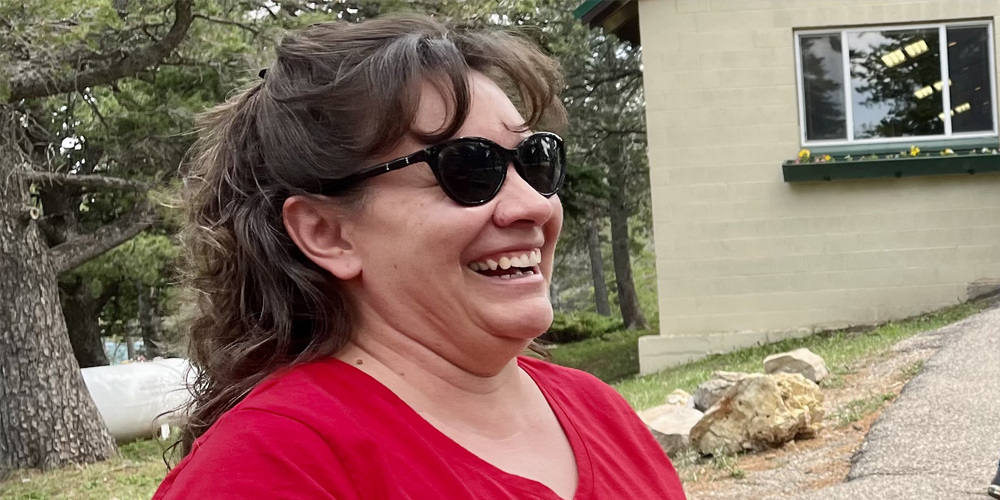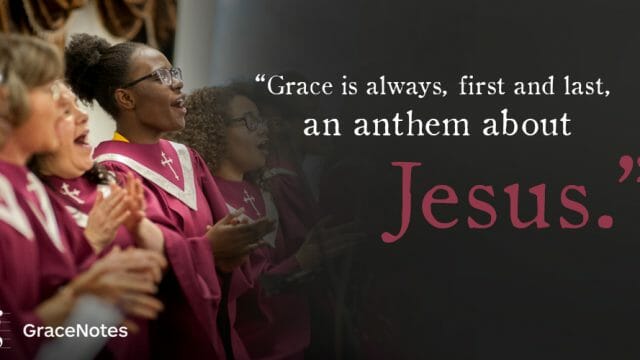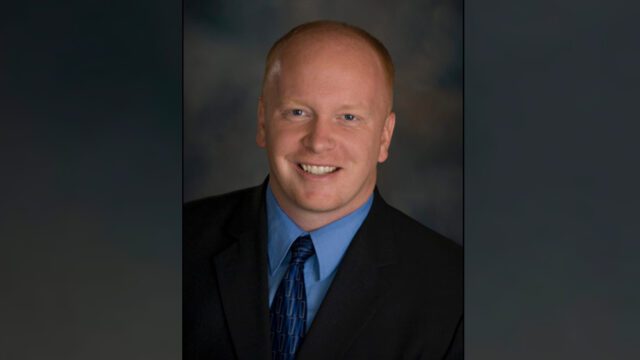In the U.S., an Adventist teacher reflects on the joys and challenges of her experience.

While academies and multi-room schools often get acknowledged and are well known, the small one-room school, modeled by the founders of the Seventh-day Adventist Church, is still active. It provides unique challenges but can also create greater community missionary involvement. Adventist education is vital to growing healthy churches and engaging youth and young adults. The one-room school has a role to play.
At the Wyoming Camp Meeting in the United States, I recently sat down with Traci Pike, teacher at Mountain Road Christian Academy in Casper, Wyoming. We chatted about the joys and the taxing situations of the one-room school experience.
According to Pike, the biggest difference and main advantage of teaching all the students together is the camaraderie built between students.
“Well, one of the things that I see as an advantage of having multiple grades in one room, whether it’s four grades in a room or eight, is that it starts to teach the older students to be caretakers of the younger,” Pike said. “[One] example [would be that while] I’m busy with a third grader, a seventh-grader should be able to help a second grader with their math or help a second grader with their English, so you get some of that cooperative learning.”
It also enhances education beyond their grade level, she explained. “When you’re all in one room, while you’re not necessarily teaching the second graders fourth-grade math, they still hear it. Then sometimes, they’ve heard it a few times already, so by the time they get there [to that level], it’s not necessarily a brand-new concept to them. They learn from the older ones that way too, and that’s definitely an advantage.”
Another edge of multi-grade classrooms is that they teach the students to have empathy. “I think it also helps teach the kids how to deal with different ages, different grades when you’re all together. When you’re always with your age group, everybody acts in the same way. However, seventh-graders act very differently from those in second grade. It is teaching them to be patient when sometimes they are not,” Pike said.
With so many advantages to teaching a multi-grade room, could there be any disadvantages? For Pike, it is time. “Some of the disadvantages, at least for me as a teacher, is time, because while I can group some things together — Bible, social studies, history, and science — English and reading have to be at grade level. So, it just gets very difficult to get everything, to fit everything, into a day or a week.”
Other than time, the curriculum can be challenging in a one-room school. “I love our new Bible curriculums and our new science curriculums. They’re beautiful. They’re so Bible based, and I love that, but they’re not easy to teach in a multi-grade classroom. What we need are curriculums that can be taught across the grades.”
Pike’s situation is unique, not only because she is a one-room school teacher but because she grew up in Casper and returned to begin her second career as a teacher. “I went back to school in my mid-thirties, and I had no intention of teaching at the church school because it’s my home church. I feared the difficulties. I never got a job in the public school system. So, I substitute-taught for two years, and then our teacher at the church school resigned toward the very end of the school year, which makes it more difficult to find a teacher,” Pike reflected.
After being asked and interviewed by the church, Pike accepted the position; however, as she explains, she was afraid of the first year because of being well known. “In my classroom, I had my own son, two of my cousin’s children, and other kids who had known me their whole lives.”
“I was concerned because, how can I be objective when I’m already this close with everybody? I was afraid of my friendships being hurt. What I found out instead was that everyone was super supportive and eager to step in to help and tell me I’m doing a good job or help me figure things out when I didn’t know what to do. First-year teachers still have first-year problems, even if you’re in your forties. It doesn’t matter.”
Pike explains that the highlight of her teaching ministry happened this past year, when two students, whose only connection to the Adventist church was a friend they played junior hockey with, decided to give their lives to Jesus and be baptized.
Pike also recalled a student who had never heard a Bible story or prayed before. “I have had at least three students in my school, one this year, and I’ve had two little boys previously, maybe some more, who didn’t know any Bible stories. I got one little girl who, during her first day of school with us, while [teacher aide] Ms. Lynette was doing the Bible story, asked, “Who is that? Who is Jesus?”
“That’s the moment. That’s why we’re here. That’s what’s different. We can learn English, math, history, or science anywhere, but at public school, where she had been, they weren’t going to stop and tell her who Jesus is and why Jesus is so wonderful. And then to hear this little pumpkin, who at the beginning hadn’t ever even heard His name, who didn’t even know Him at all, to hear her praying the sweetest prayers by the end of the school year, that is what makes it worthwhile.”
A one-room schoolhouse also has the opportunity of offering practical, hands-on learning, whether it is how to cook lunch as a group, knit, or take care of the other “children” in the classroom that happen to have four legs, one thing is evident. Every day brings opportunities to learn lessons that can’t be learned in a book.
Pike was happy to share that “the one animal that has started coming to school is a puppy. We got a COVID puppy. She comes to school with me, and she does really, really well with the kids. She’s very protective of them. When somebody comes into the school building that she doesn’t know, she is on it.”
Jon Roberts is assistant for communication and media for the Rocky Mountain Conference. The original version of this story was posted on the Rocky Mountain Conference news site.








